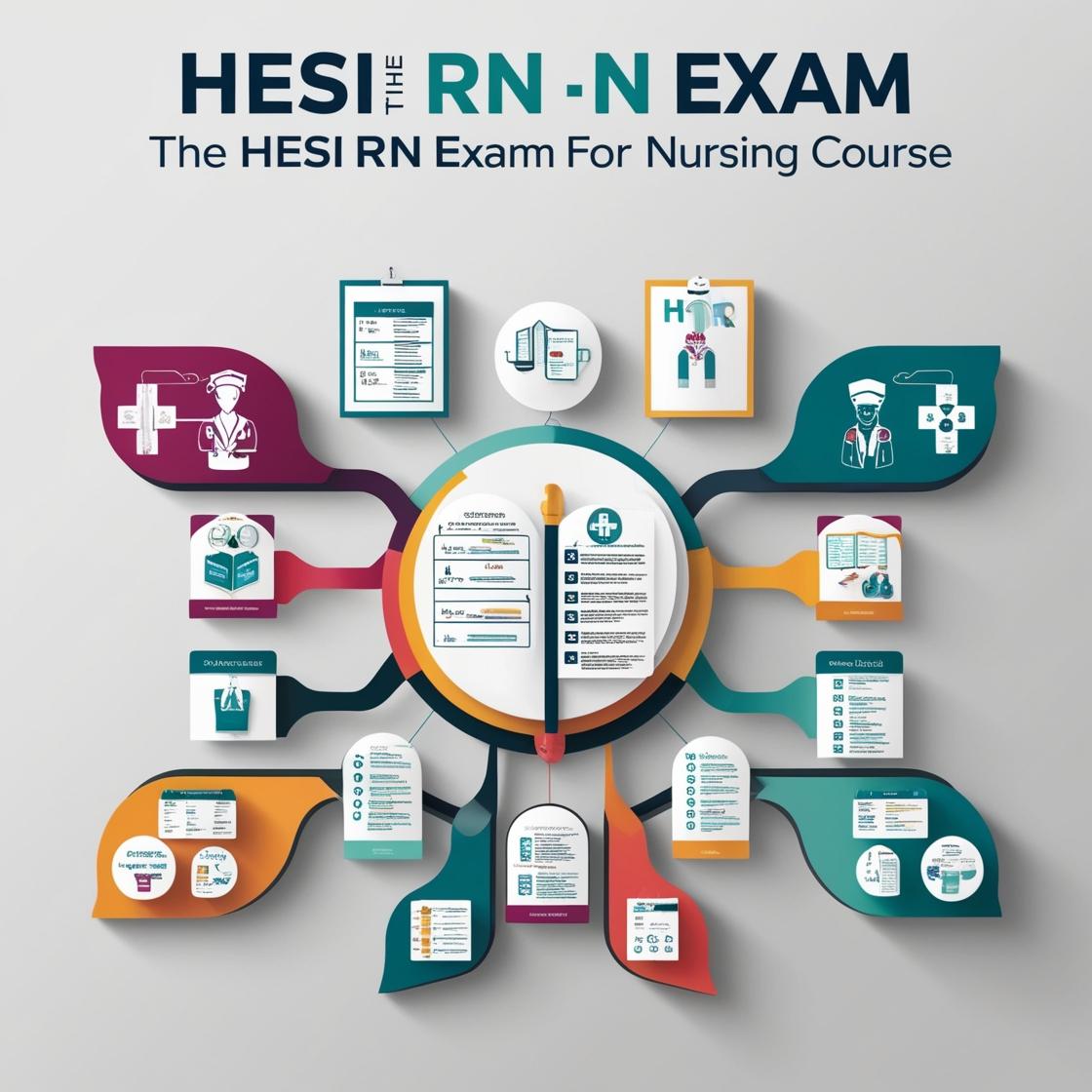HESI RN
HESI 799 RN Exit Exam Quizlet
1. A client with type 1 diabetes is admitted with diabetic ketoacidosis (DKA). Which intervention should the nurse implement first?
- A. Administer intravenous insulin as prescribed.
- B. Monitor the client's urine output.
- C. Administer intravenous fluids.
- D. Administer 50% dextrose IV push.
Correct answer: A
Rationale: Administering intravenous insulin is the initial priority in managing diabetic ketoacidosis (DKA). Insulin helps to reduce blood glucose levels and correct metabolic acidosis, addressing the underlying cause of DKA. Monitoring urine output (choice B) is important but is not the first intervention needed. Administering intravenous fluids (choice C) is essential to correct dehydration in DKA, but insulin therapy takes precedence. Administering 50% dextrose IV push (choice D) is contraindicated in DKA as it can exacerbate hyperglycemia.
2. What is the first action the nurse should implement for a client admitted with acute pancreatitis?
- A. Administer intravenous fluids as prescribed
- B. Administer pain medication as prescribed
- C. Place the client on NPO status
- D. Assess the client's abdomen for distention
Correct answer: C
Rationale: Placing the client on NPO status is the priority action for a client with acute pancreatitis. This step is crucial to rest the pancreas, prevent pancreatic stimulation, and decrease enzyme production. By withholding oral intake, the digestive system is given a chance to rest and recover. Administering intravenous fluids may be necessary but should come after placing the client on NPO status. Pain medication can be administered once the client is stabilized. Assessing the client's abdomen for distention is important but is not the initial priority in managing acute pancreatitis.
3. A client is admitted with a diagnosis of pneumonia and is receiving IV antibiotics. Which assessment finding indicates that the treatment is effective?
- A. Client reports less chest pain.
- B. Client's white blood cell count is decreasing.
- C. Client has a decreased respiratory rate.
- D. Client has clear breath sounds.
Correct answer: D
Rationale: The correct answer is D. Clear breath sounds indicate that the pneumonia is resolving and the treatment is effective. Breath sounds are often muffled or crackling in pneumonia due to the presence of fluid or inflammation in the lungs. Clear breath sounds suggest that the air is moving freely through the lungs, indicating improvement. Choices A, B, and C are less specific indicators of pneumonia resolution. While less chest pain and a decreasing white blood cell count can be positive signs, they are not as direct in indicating the effectiveness of pneumonia treatment as the presence of clear breath sounds. A decreased respiratory rate could be seen in various conditions and may not solely indicate the resolution of pneumonia.
4. The nurse and an unlicensed assistive personnel (UAP) are providing care for a client with a nasogastric tube (NGT) when the client begins to vomit. How should the nurse manage this situation?
- A. Direct the UAP to measure the emesis while the nurse irrigates the NGT
- B. Stop the NGT feed and notify the healthcare provider
- C. Increase the NGT suction pressure
- D. Elevate the head of the bed
Correct answer: A
Rationale: During vomiting in a client with an NGT, it is essential for the nurse to direct the UAP to measure the emesis to monitor the output. This helps in assessing the client's condition and response to treatment. Meanwhile, irrigating the NGT can be beneficial to relieve any obstruction that might be contributing to the vomiting. Stopping the NGT feed and notifying the healthcare provider (choice B) is important but not the immediate action needed. Increasing the NGT suction pressure (choice C) is unnecessary and can lead to complications. Elevating the head of the bed (choice D) is a general intervention to prevent aspiration but may not address the immediate issue of managing the vomiting episode and potential tube obstruction.
5. A client with heart failure is prescribed furosemide (Lasix). Which assessment finding requires immediate intervention?
- A. Heart rate of 60 beats per minute
- B. Blood pressure of 100/60 mmHg
- C. Crackles in the lungs
- D. Presence of a new murmur
Correct answer: C
Rationale: The correct answer is C. Crackles in the lungs indicate fluid overload, a common issue in heart failure patients. Immediate intervention is necessary to prevent worsening heart failure symptoms and potential complications. A heart rate of 60 beats per minute and a blood pressure of 100/60 mmHg are within normal ranges for many individuals and do not typically require immediate intervention in this context. The presence of a new murmur may be important to monitor but is not the priority when crackles in the lungs suggest fluid overload.
Similar Questions

Access More Features
HESI RN Basic
$89/ 30 days
- 50,000 Questions with answers
- All HESI courses Coverage
- 30 days access @ $89
HESI RN Premium
$149.99/ 90 days
- 50,000 Questions with answers
- All HESI courses Coverage
- 30 days access @ $149.99
